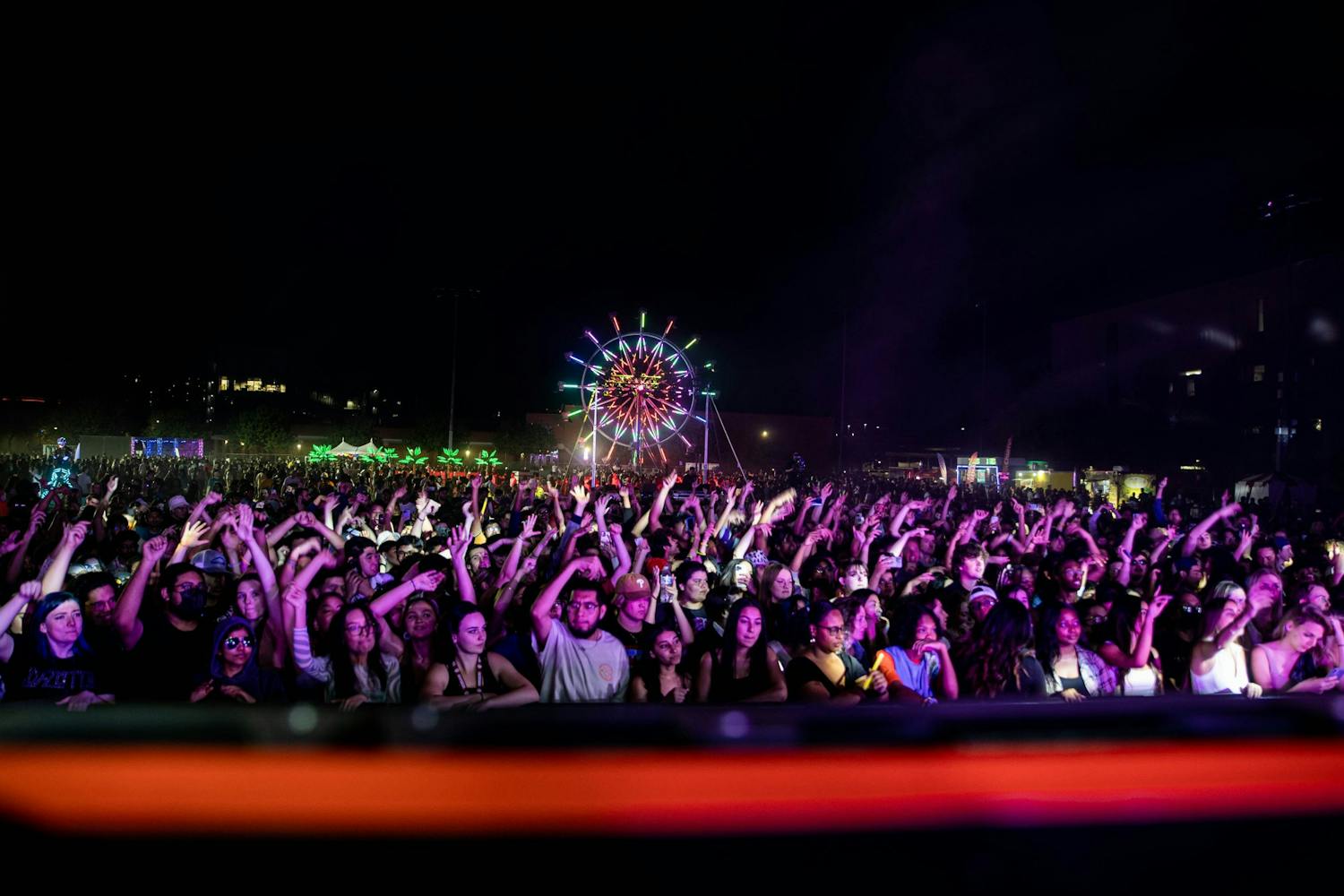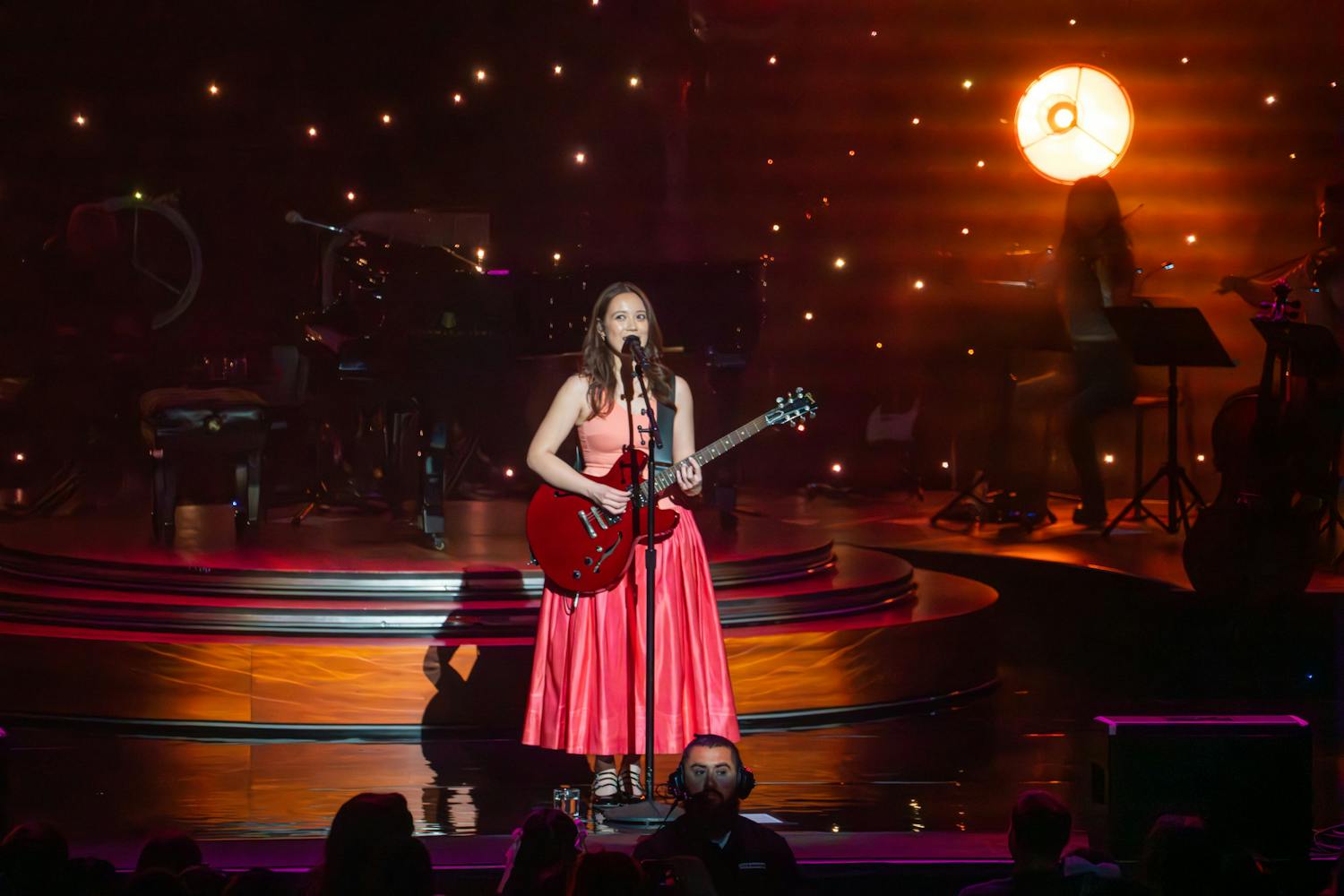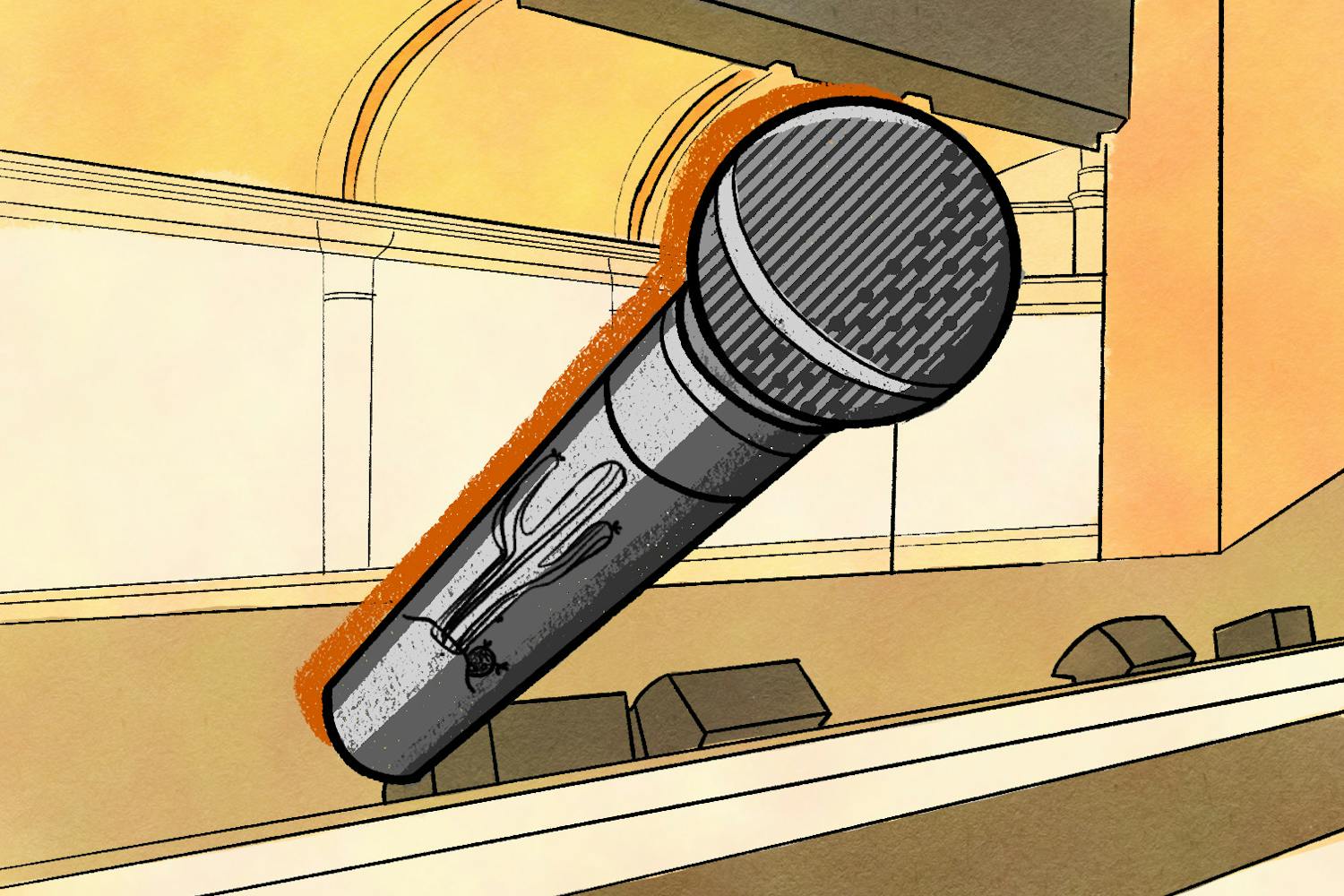Phoenix Art Museum presented a video encore performance Friday through Sunday of National Theatre Live’s "Frankenstein" (2011) based on Mary Shelley’s iconic novel of 1818. In this double featured production, actors Benedict Cumberbatch (BBC’s "Sherlock," "The Hobbit") and Jonny Lee Miller ("Trainspotting") were presented with the task of alternating between playing Victor and the Creature on separate days.
Though Shelley’s work is no stranger to the screen, Danny Boyle’s ("Slumdog Millionaire," "127 Hours") visceral direction and Nick Dear’s emotive writing hew closer to the canon than ever before.
In following the events of the novel through the primal and often lonely depiction of Frankenstein’s creature, we are finally given an intimacy into the psyche of both monsters. Dear’s script brings to light the many aspects and tribulations that are inherent to the human experience.
As the creature is literally thrust from a womb-like machine onto the stage, thousands of hanging candles burst into light, signifying both the blood soon to come and the unrelenting passion of a madman. Although humanity is arguably cruel to everyone, it is especially so to those as grisly as the creature.
It is only through the multi-faceted blindness of an old man (Karl Johnson) that the first semblance of warmth to this ostracized creature is provided through his many recitations of John Milton’s "Paradise Lost." This symbol was Shelley’s nod to man's struggle to identify as either a descendant of Adam, or more commonly, the fallen Satan.
The physical chemistry between Cumberbatch and Miller is palpable, probably an aftereffect of both men filling the same roles. There is a fantastic move committed repeatedly by the men reaching out to each other in a sort of profound reminiscence to Michelangelo’s "The Creation of Adam."
Miller transforms himself as the Creature — drooling, limping and shrieking manically across the stage. Cumberbatch is unfailingly familiar, yet somehow inhuman in his portrayal of the scientist, especially when compared with his bride-to-be played by Naomie Harris ("28 Days Later," "Skyfall") as an adapted suffragette pleading for children.
As the creature poses several Milton-esque questions about the meaning of life, his contrast to Victor becomes clear. Perhaps the most endearing scene occurs during the creation and subsequent destruction of Victor’s second monster, in which the the potential for a love for the creature is pitted against Victor's moral complications with creating another monster. Victor’s cold hesitance and fleeting curiosity are quashed under his inability to feel when the creature’s bride is cut open on stage.
Cumberbatch and Miller’s shadowy performances are only part of the many wonders in Boyle’s production. It is when the stage delivers rain, snow and physical campfires that National Theatre really comes alive in its most renowned production. There is not one stop that comes short in Doyle's adaptation, save for the fact that it’s only available every two years.
Reach the reporter at Lindsay.Drucker@asu.edu



